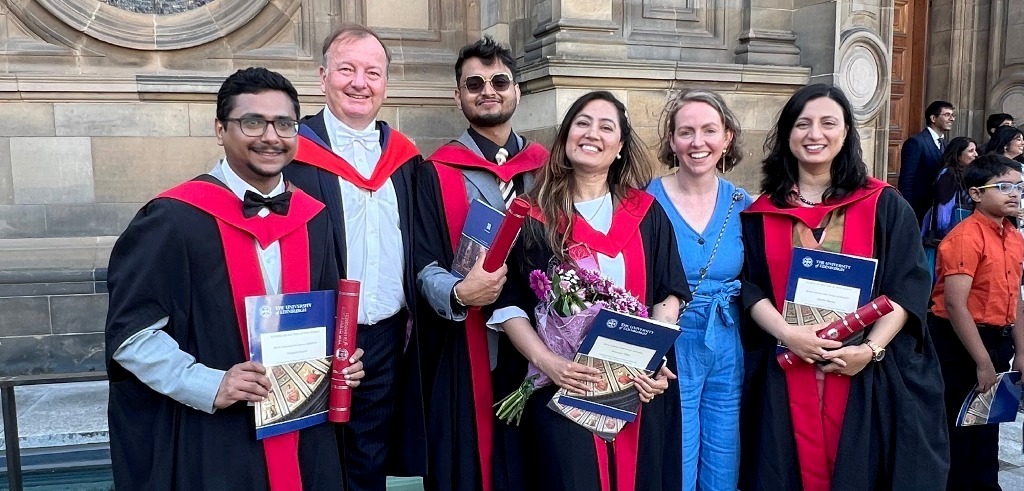
- Close
08/11/2021 | Kathmandu
Action on disasters in a changing climate: a greenprint for safer future cities

By 2050 the developing world will see another 2 billion residents in cities exposed to multiple hazards. Just how do we plan for a safe and sustainable future in cities facing natural hazards made worse by climate change – especially when these are disproportionately impacting those with the least resource to cope? It’s the kind of problem that makes you put your head in your hands and sigh deeply.
You can’t solve the planning without the municipality on board, you can’t anticipate the hazards without bringing in the scientists, and most of all you can’t solve a problem on behalf of a vulnerable community without considering their capacities and needs. Oh boy. Maybe everyone wants something different. What now? Just more blah, blah, blah?
No! That’s why ‘Tomorrow’s Cities’ is working not just on the state-of-the-art science but is rolling up its sleeves to generate, concepts and spaces equipped with workable tools – that can be used to lift our head out of our hands and to generate new ways to think about urban growth. This promises a lower-risk future, including for those with the least resource.
Project Leader John McCloskey says ‘Risk is not the same for everybody, it’s what ruins your life, not just mine. What’s important is that we work together, first to understand and then to minimise the risk in tomorrow’s cities, especially for marginalised or highly vulnerable communities. We are not only developing the tools to model, but the room to imagine, multiple different futures to find solutions that reduce risk for everyone.’
Our video, launched at COP26 on 8 November 2021 in Glasgow shows a little bit more about those tools, where we are working, what we are already doing and what we hope Tomorrow’s Cities will bring.


